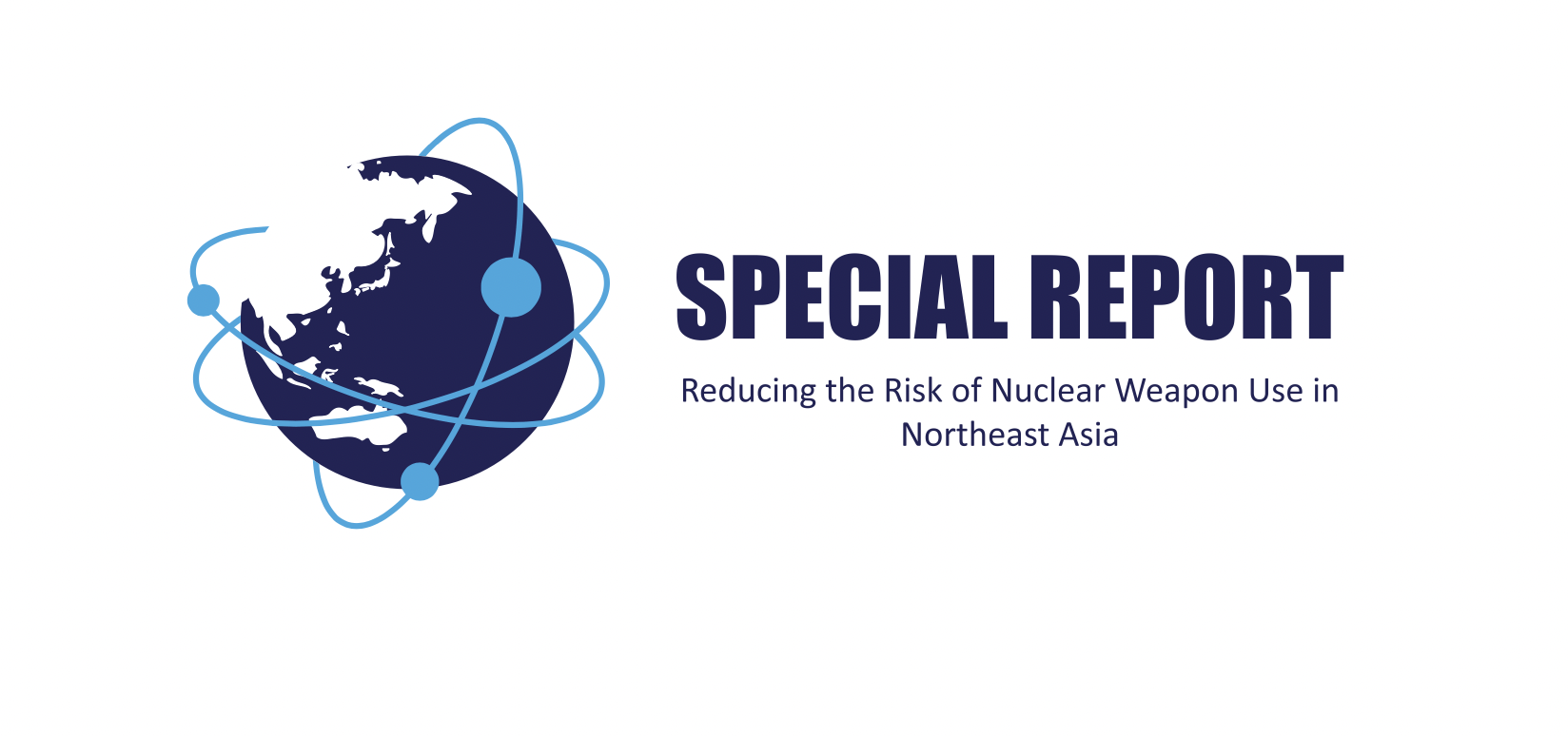Deterrence Could Heighten Risk of Nuclear Warfare, Study Suggests
ASAHI SHIMBUN
Asahi Shimbun covered an APLN-RECNA-Nautilus joint report titled “What Should Be Done? Practical Policies to Prevent Nuclear Catastrophe.” The original article can be accessed here.
Rather than ensuring peace will prevail, the notion of nuclear deterrence could in certain situations in an Asian context heighten the risk of nuclear warfare erupting, and possibly going global, according to an international study.
This is the finding of a three-year simulation of various scenarios studied by experts at Nagasaki University’s Research Center for Nuclear Weapons Abolition (RECNA), the U.S. think tank Nautilus Institute for Security and Sustainability and the Asia-Pacific Leadership Network for Nuclear Non-Proliferation and Disarmament.
The results were announced at an April 3 news conference.
Noting that the objective of deterrence could backfire, the project group called on governments to take other measures to improve their national security environment.
Nuclear strategy experts from the United States, Russia, China and South Korea gathered to discuss 30 possible cases in which nuclear weapons might be used in Northeast Asia.
Research focused on five cases that involved different nations as well as various types of nuclear weapons.
Projections for fatalities were made for each of the five cases based on population density and architectural characteristics. The projections factored in things like the bomb blast, heat rays and radioactive fallout over the medium- and long-terms.
One case involved a first strike by North Korea followed by a response from the United States. The projection was for 11,000 fatalities.
The experts projected 220,000 fatalities if terrorists used a nuclear weapon in Japan.
A third case concerned a first strike by the United States followed by retaliatory action by North Korea using nuclear weapons on Japanese industrial facilities and China also becoming involved. This scenario envisaged 18 nuclear weapons being used, with fatalities in the range of 2.1 million.
The study found that a nuclear conflict based on regional issues, such as ones involving North Korea or Taiwan, could within a matter of hours or days escalate into a global nuclear war.
It concluded that efforts to strengthen and improve deterrence had conversely made it more difficult to obtain regional security.
Among the proposals to avoid a nuclear catastrophe were dialogue between the United States and China regarding the viability of their nuclear strategies as well as a new framework to further develop the Comprehensive Test Ban Treaty.



![[Infographic] What Should Be Done? Practical Policies to Prevent Nuclear Catastrophe](https://cms.apln.network/wp-content/uploads/2021/12/NEA_placeholder-NEW.jpg)